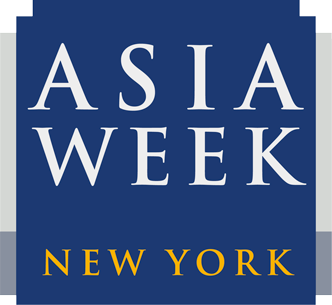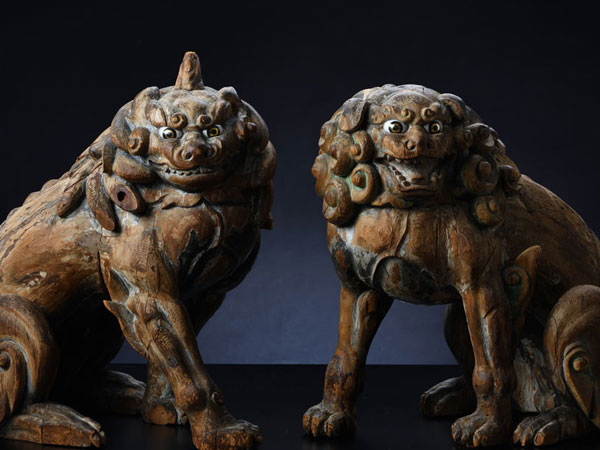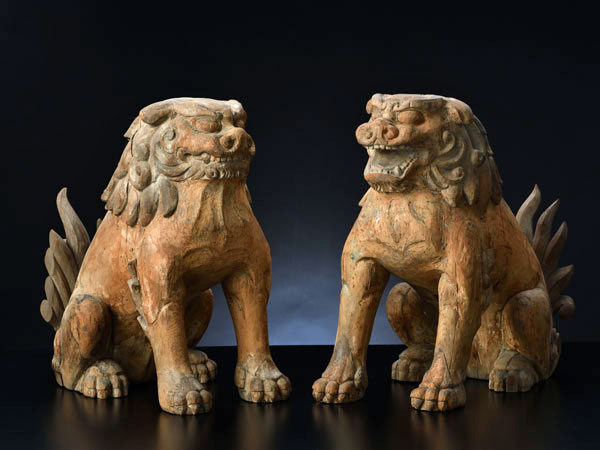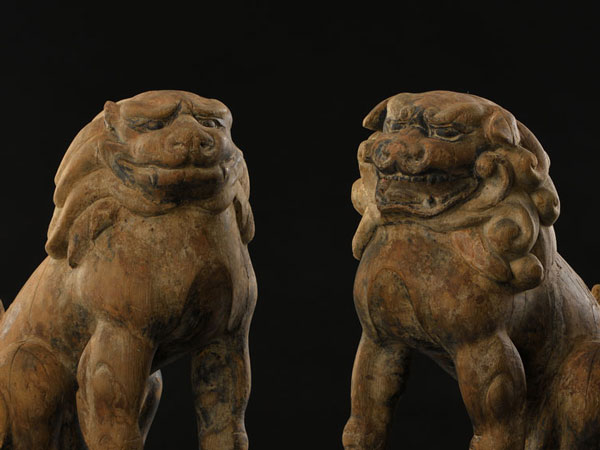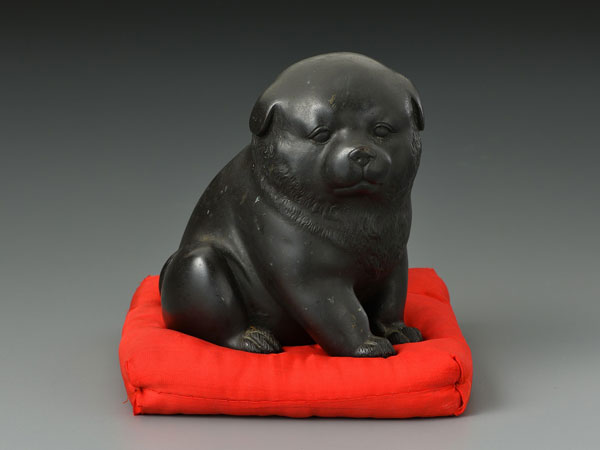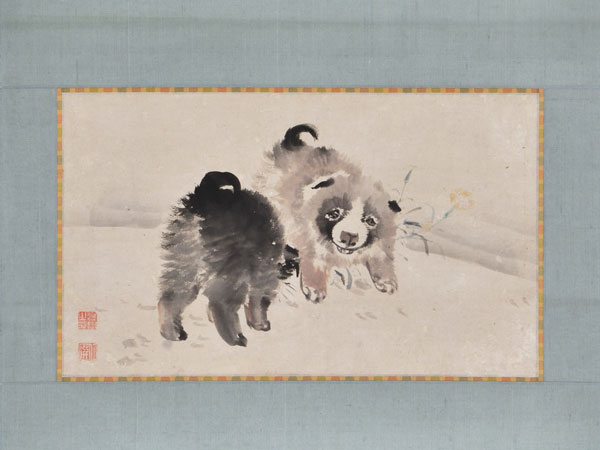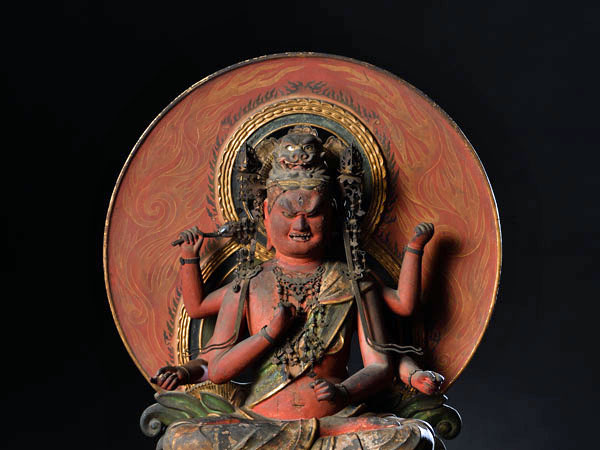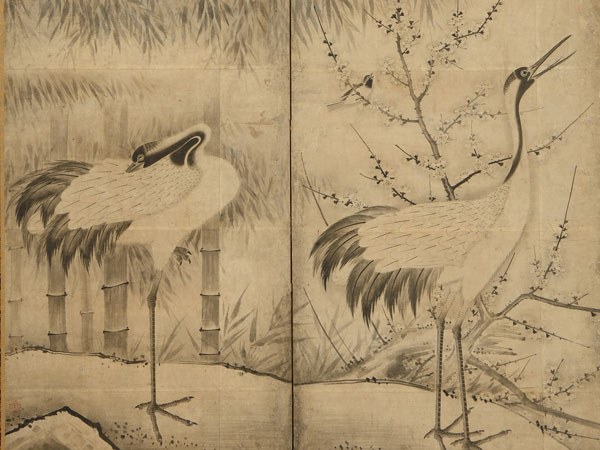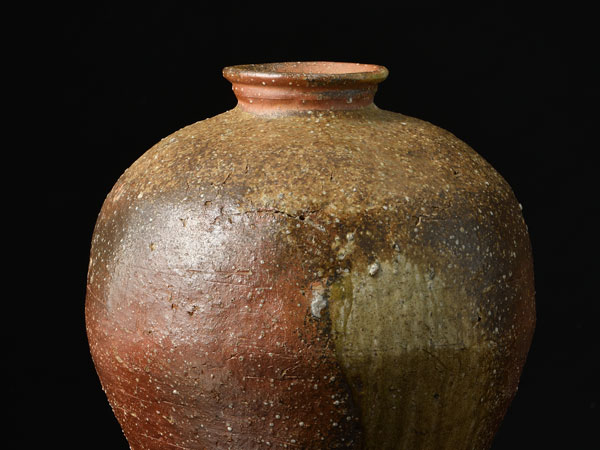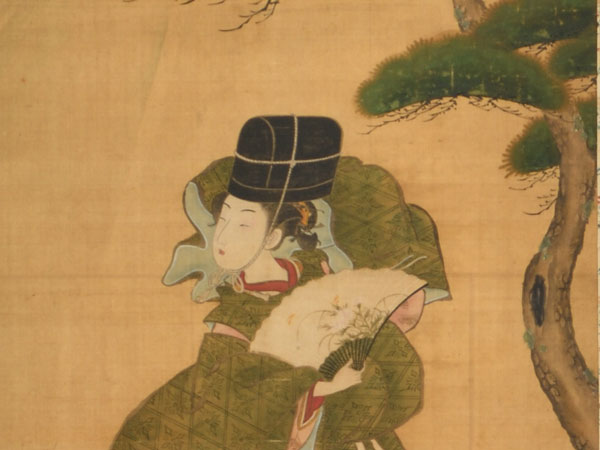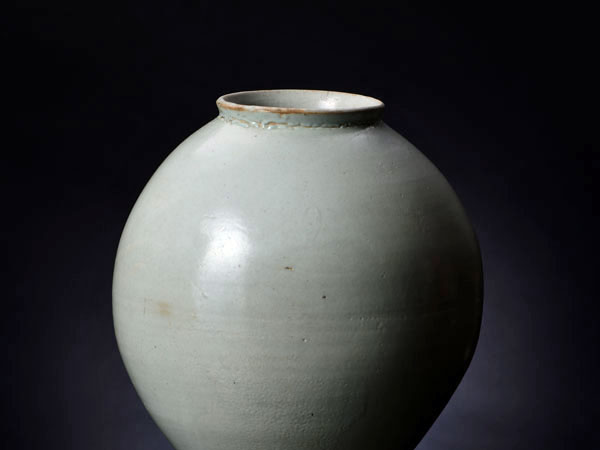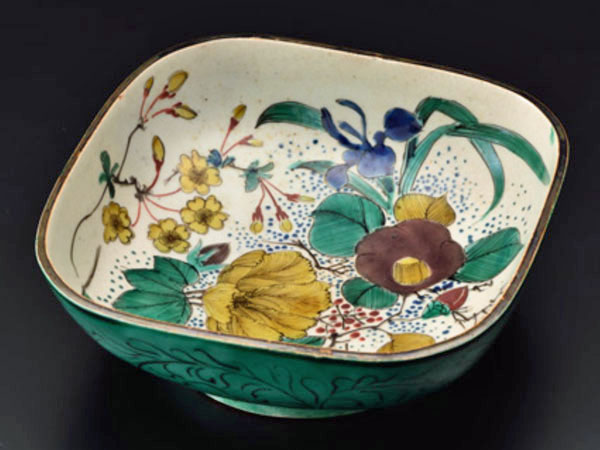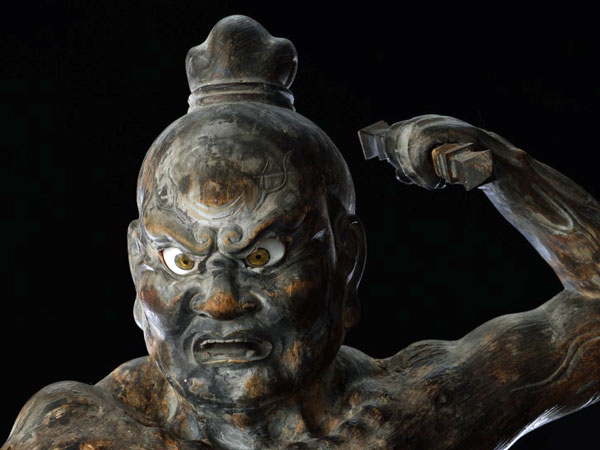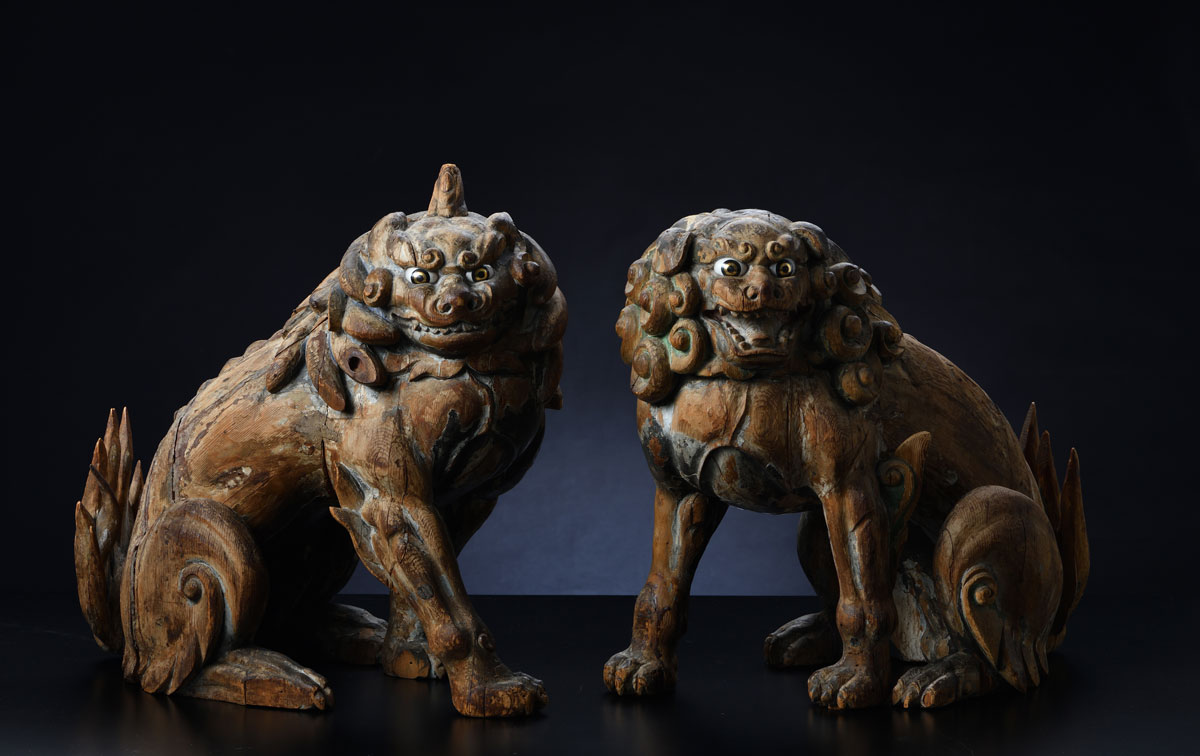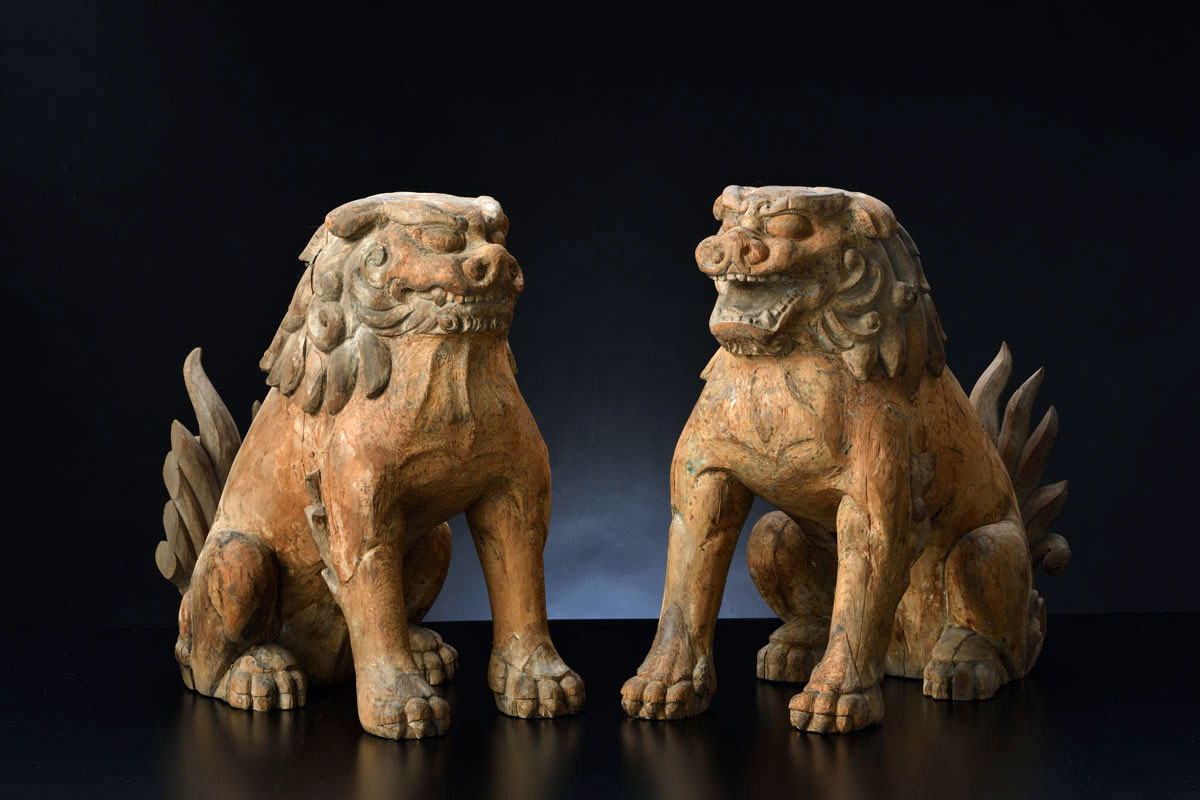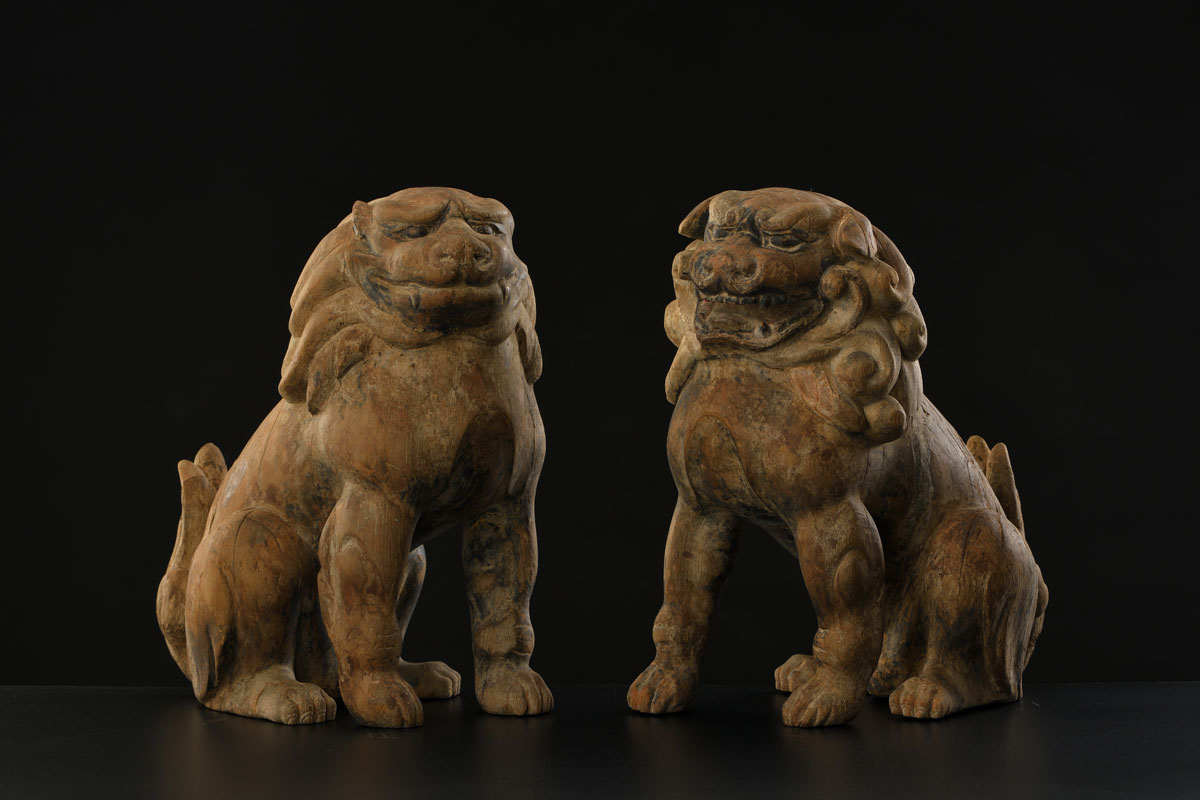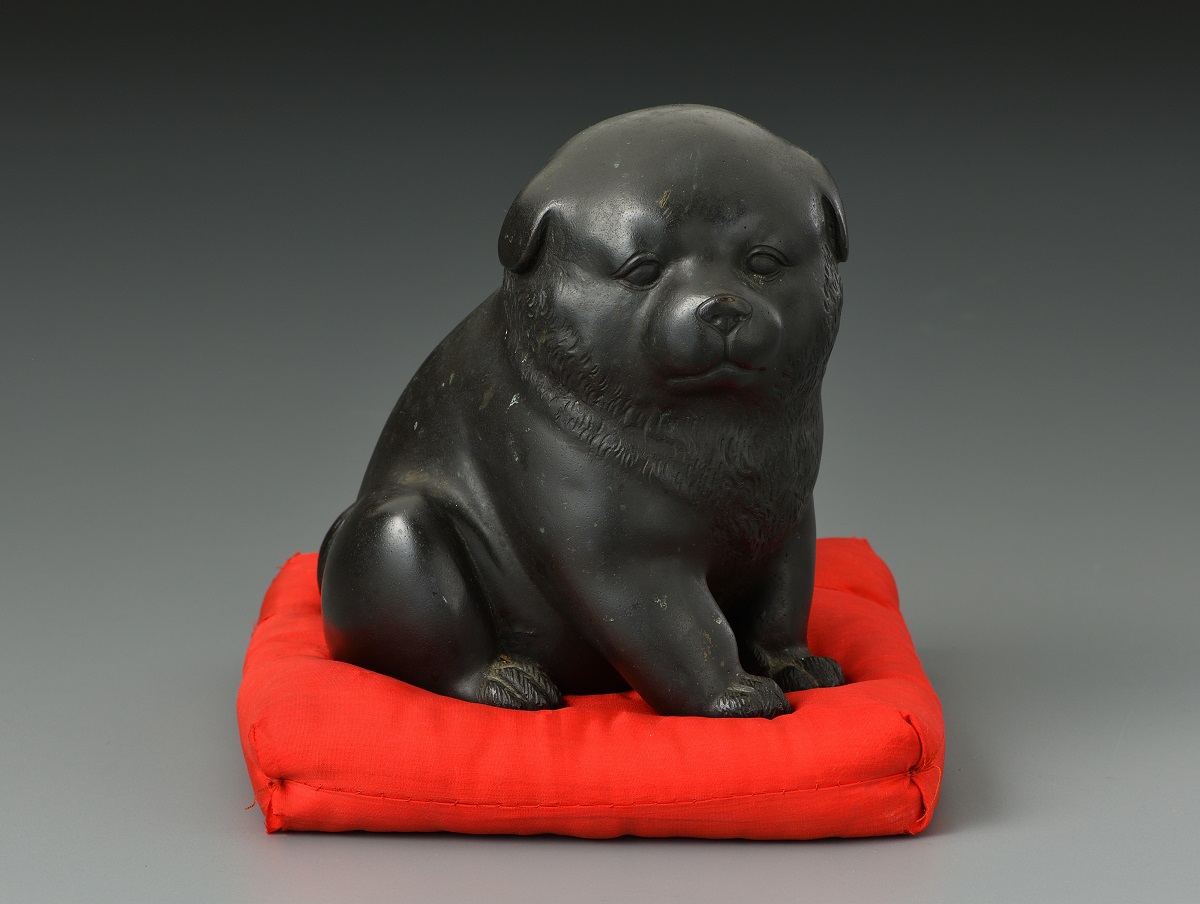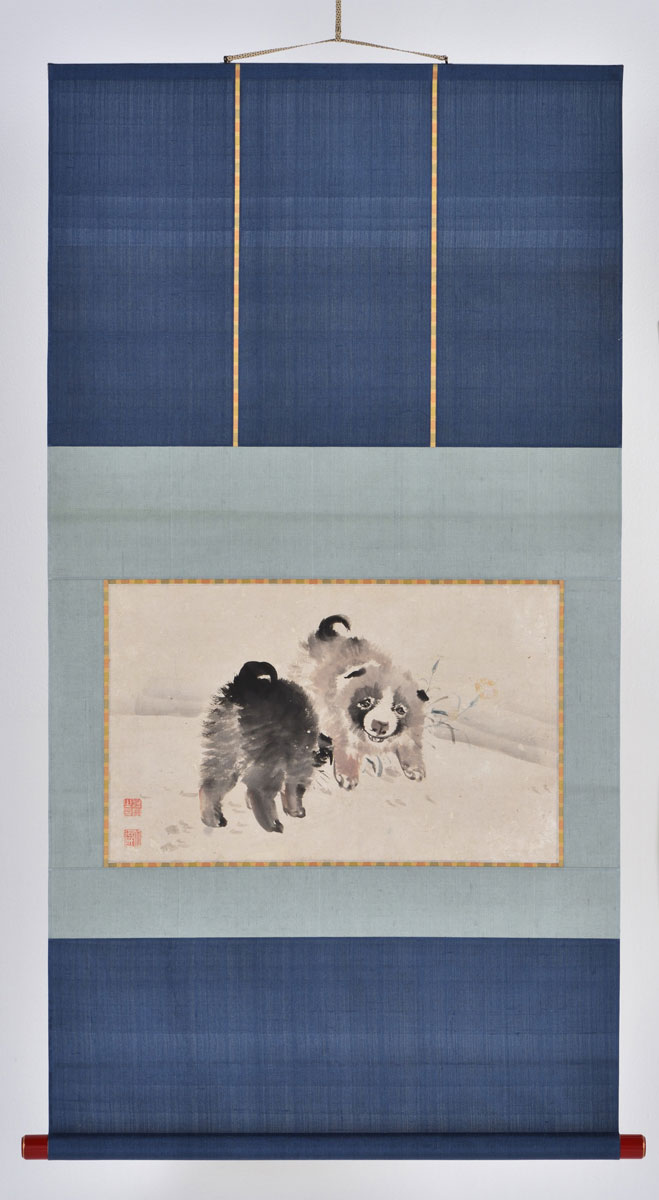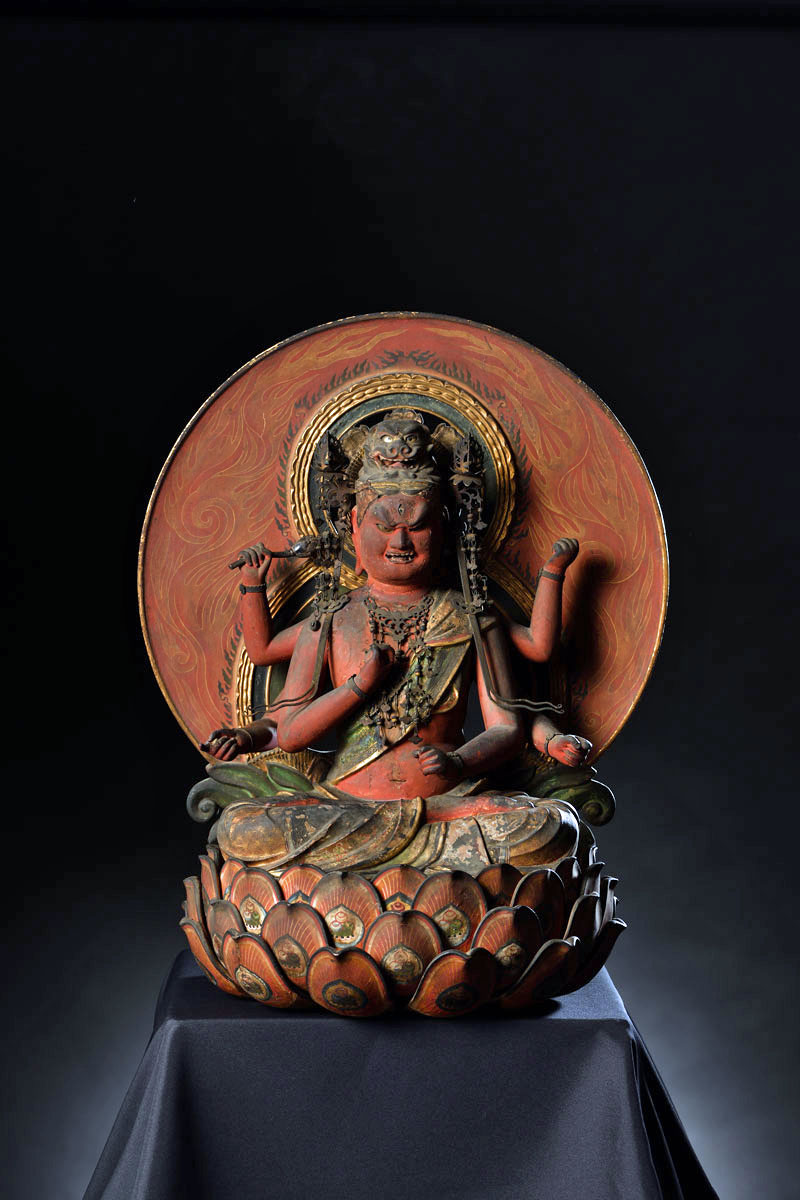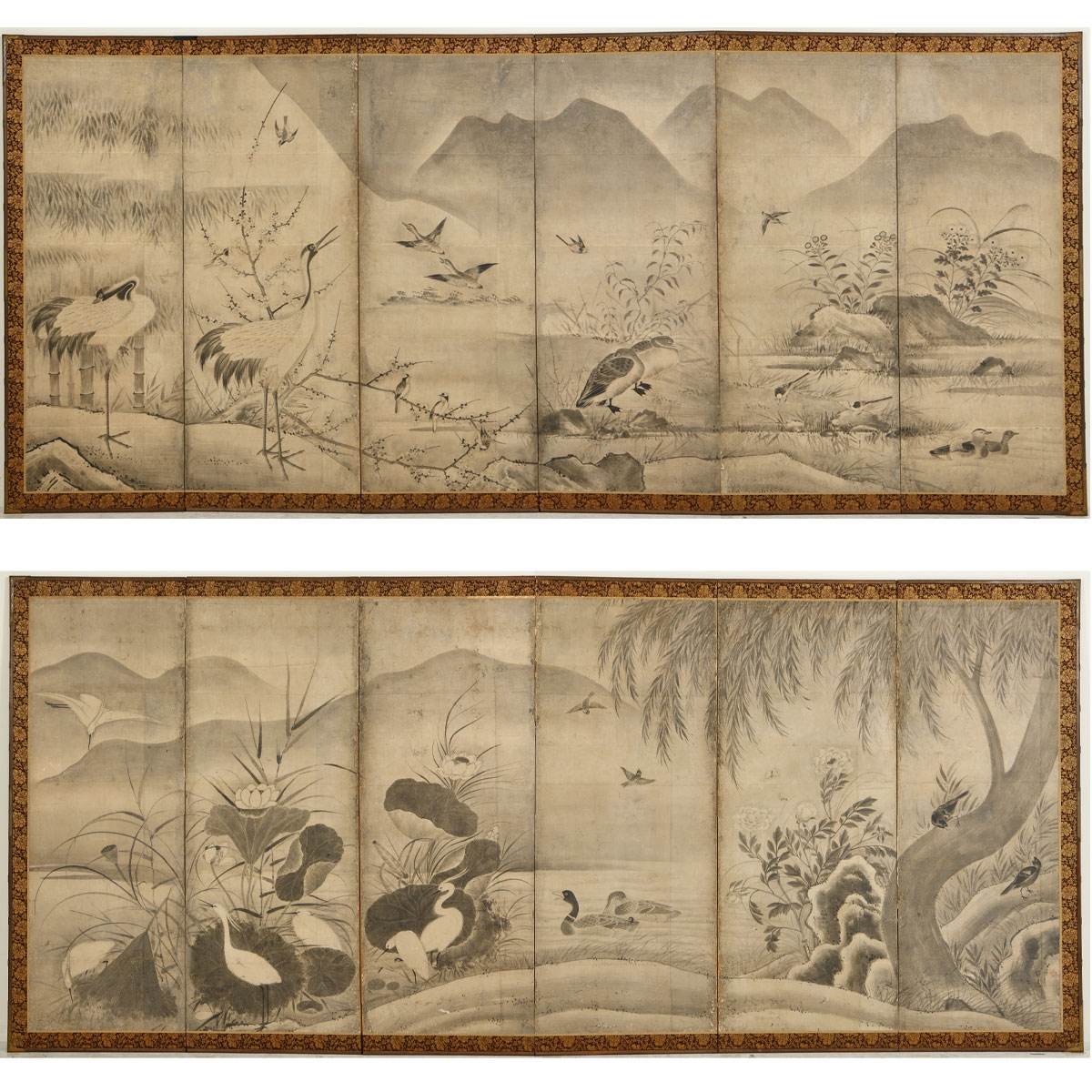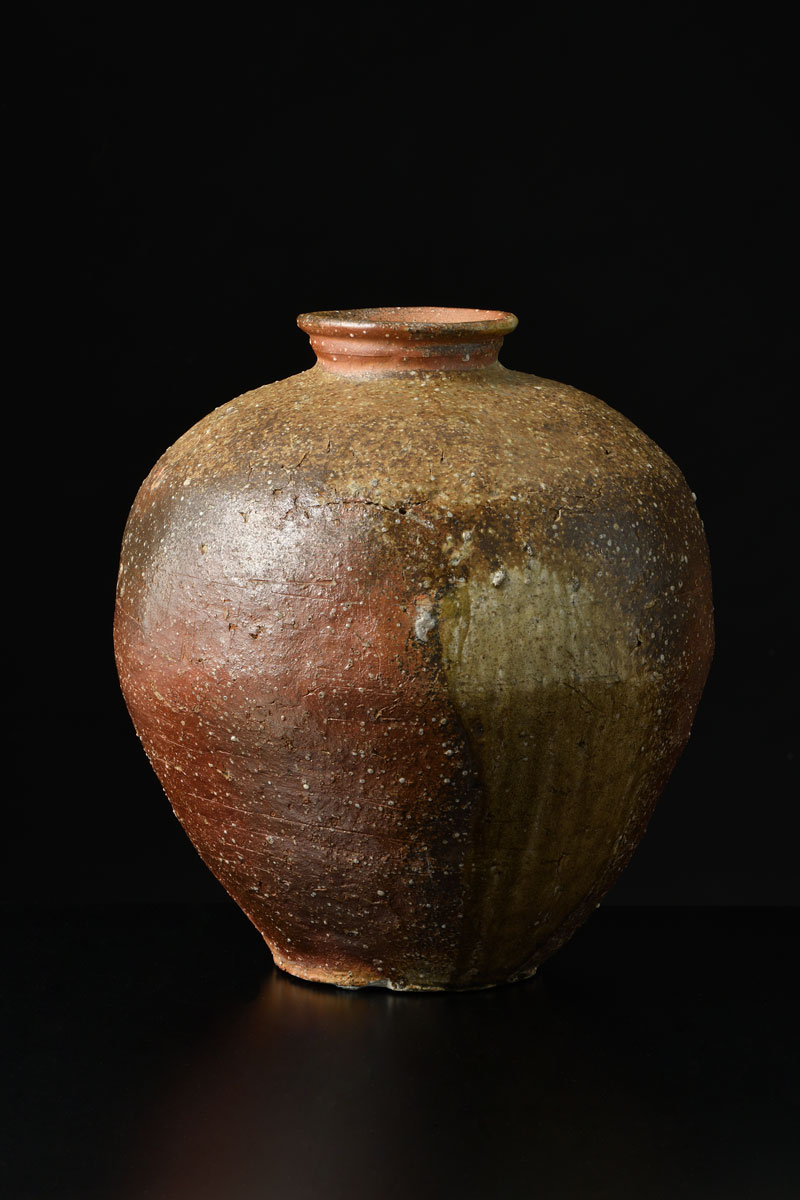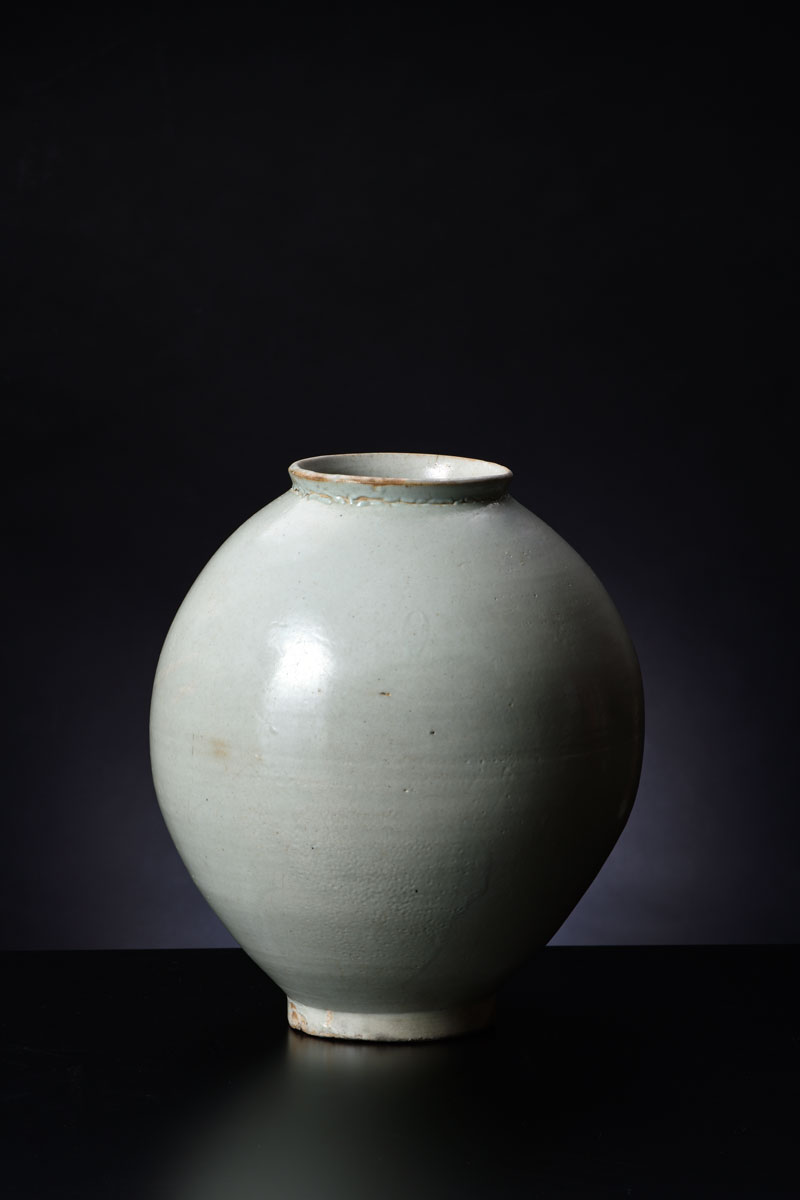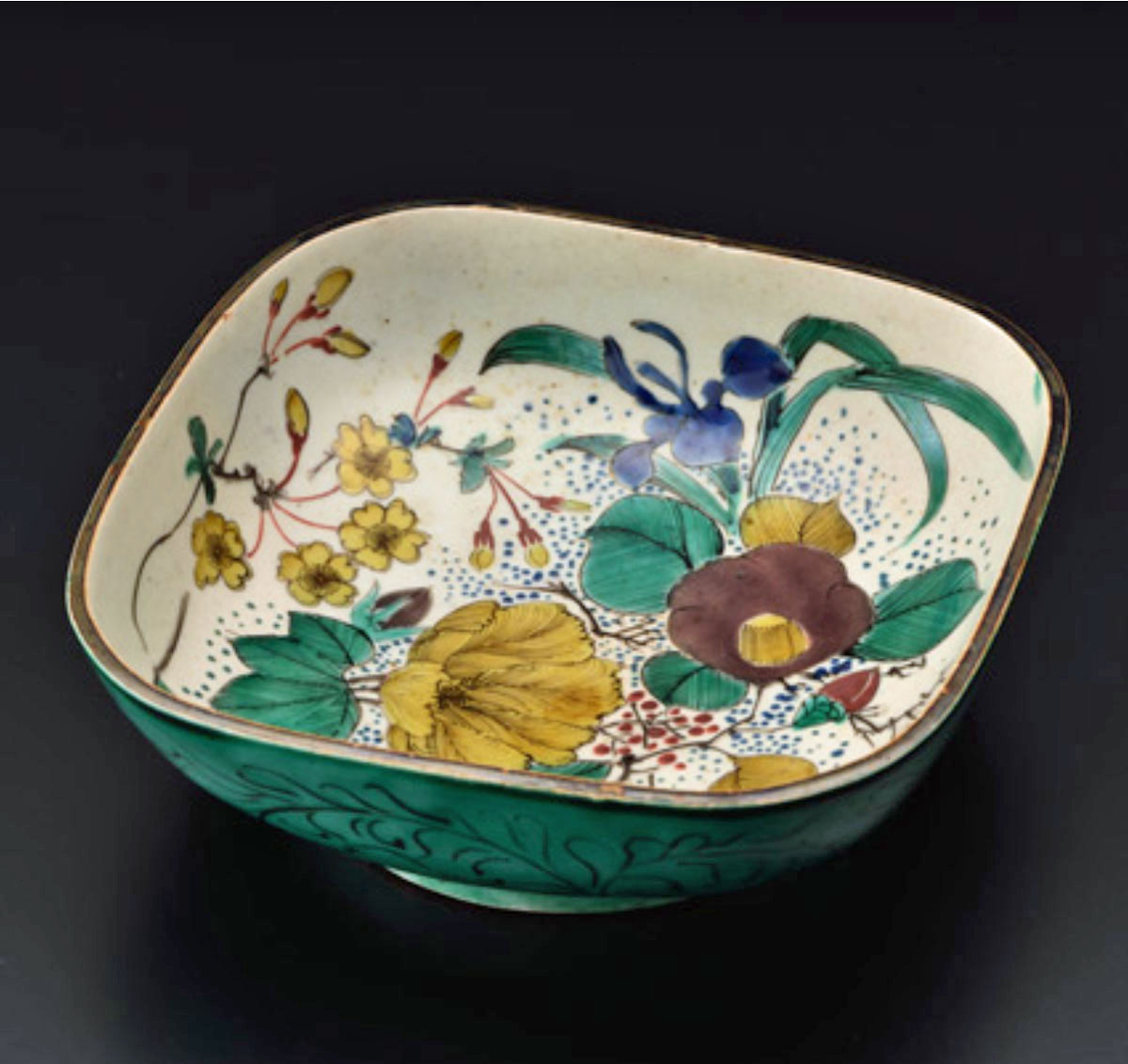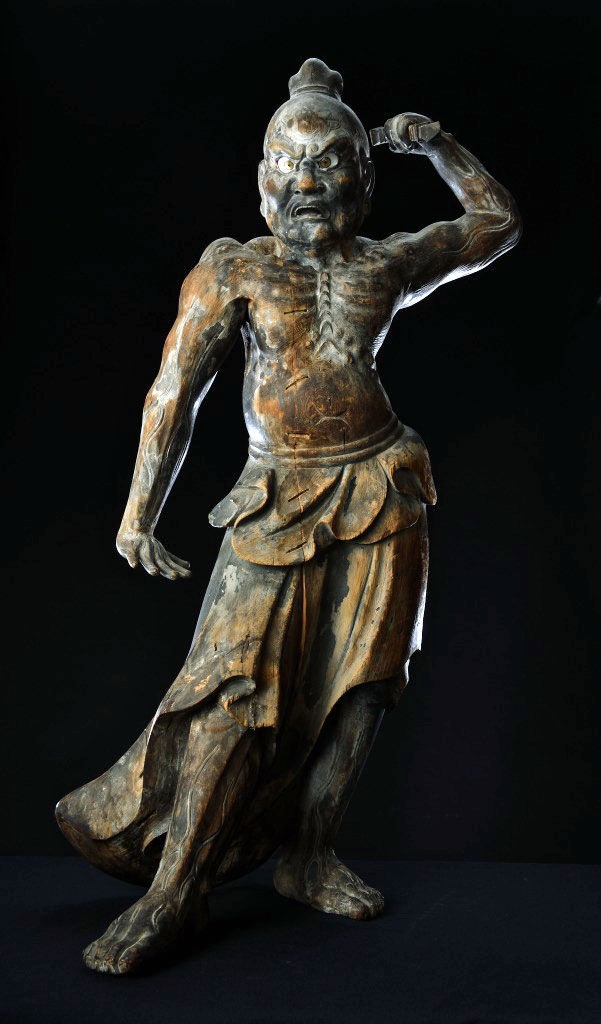RECENT ART FAIR
Osaka International Art 2025
May 31 – June 1, 2025
Fair Hours: Saturday, 10am-8pm; Sunday, 10am-5pm
Osaka-Jo Hall: 3-1 Osakajo, Chuo-ku, Osaka
We are excited to announce our participation in the Osaka International Art 2025, taking place from May 31 to June 1. Held concurrently with the Osaka Expo, this new art fair provides a unique opportunity to share our latest collection with an international audience. Our exhibition theme, Shishi Komainu Plus (Lion and Guardian Dog +), explores the cultural symbolism and artistic evolution of these revered protective figures. The display will feature three distinct pairs of Shishi Komainu, along with additional bronze sculptures celebrating various dog forms.
We look forward to seeing you soon!
To learn more about the fair, click here.
RECENT ASIA WEEK NEW YORK 2025 EXHIBITION
A Selection of Japanese and Korean Art
March 13 – 18, 2025
Exhibiting at: Nicholas Hall, 17 East 76th Street, 4th Floor
Asia Week Hours: 10am-6pm, daily
We are thrilled to announce our participation in Asia Week New York with new acquisitions of Japanese and Korean art this month!
Among the remarkable treasures is a striking Kongo Rikishi (Nio) statue of Agyo, one half of the traditional guardian pair alongside Ungyo. Together, they stand as formidable protectors among the 28 guardian deities (Naraen Kengo O) in Japanese tradition. Agyo is depicted in his signature dynamic stance, raising his left hand while firmly gripping a Kongo pestle (weapon), with his right hand lowered and fingers splayed—an iconic contrast to his counterpart. The masterful craftsmanship of this piece is evident in the powerful musculature, the bulging veins that pulse with lifelike energy, and the fierce, wide-eyed expression. These striking details exemplify the intense realism and dynamic artistry that define the Kamakura period.
We welcome your visit to experience this artwork in person, along with other outstanding masterpieces.
To learn more, click here.
New Works this Autumn and Winter Season
View our latest works of art on our website during this Autumn and Winter season!
About the Gallery
Our gallery is located on Shinmonzen-dōri, known as Kyoto’s foremost location for businesses specializing in antiques. You will recognize our building by its characteristic facade that is dominated by large blue glass panels—an unusual feature in our neighborhood. In our white gallery space, we exhibit a wide selection of artworks covering the entire scope of Japanese art. Objects include Buddhist and Shintō sculptures, masks of the Nō theater, screens, hanging scrolls, and ceramics. Savoring these artworks one by one, their captivating beauty will open up to you the full breadth of Japan’s long history and culture. We would be delighted to help you find just the right piece for you.
For twelve years, we ran a gallery in the United Kingdom and we are fortunate to count many overseas clients among our customers. Not a few clients greet us with “I’m back again!” when they enter our gallery during visits to Japan.
Many of our artworks have been acquired by major museums in the United States. Of course, we will be happy to arrange overseas shipping for you.
Also, please do not hesitate to contact us in English.
Please drop by our gallery anytime. We look forward to your visit!
